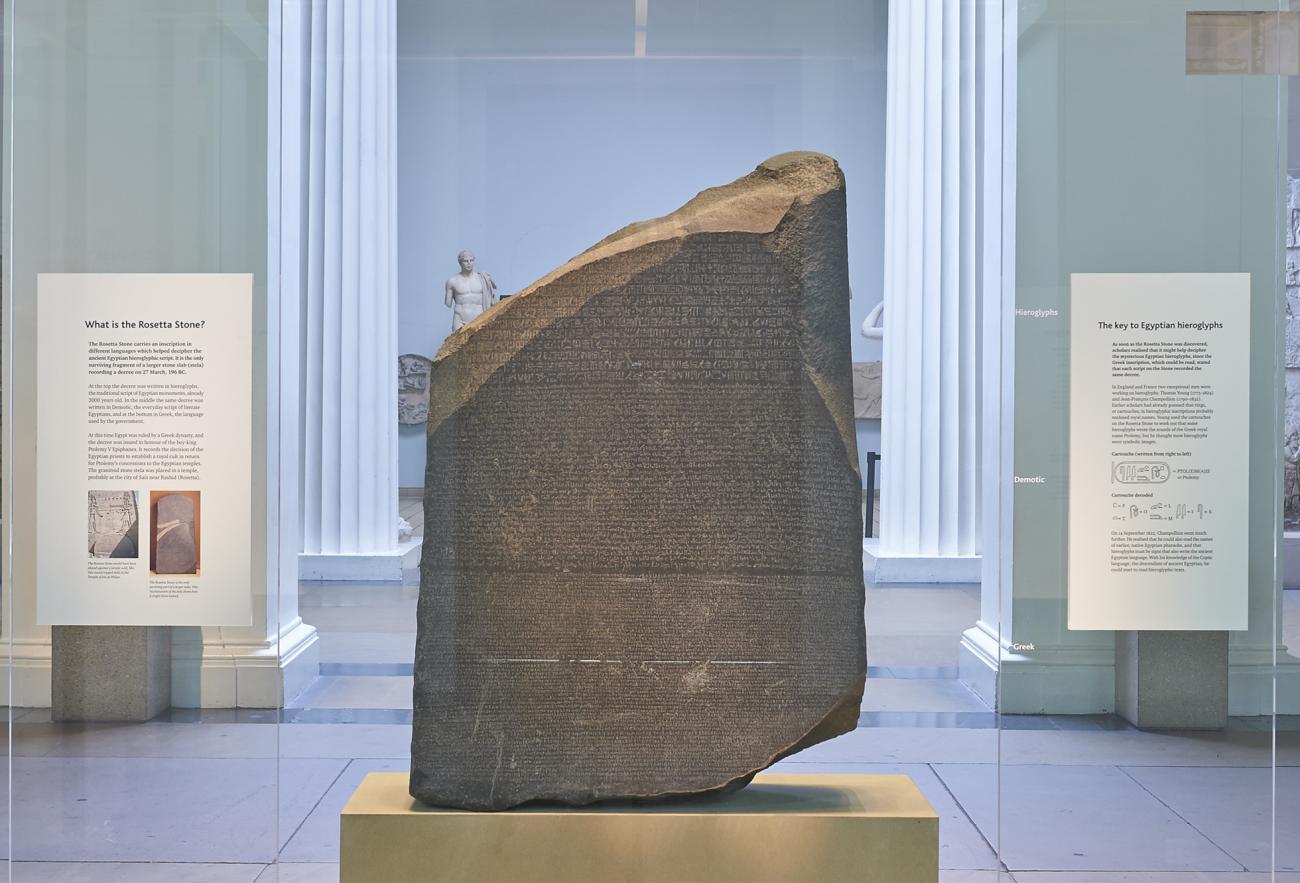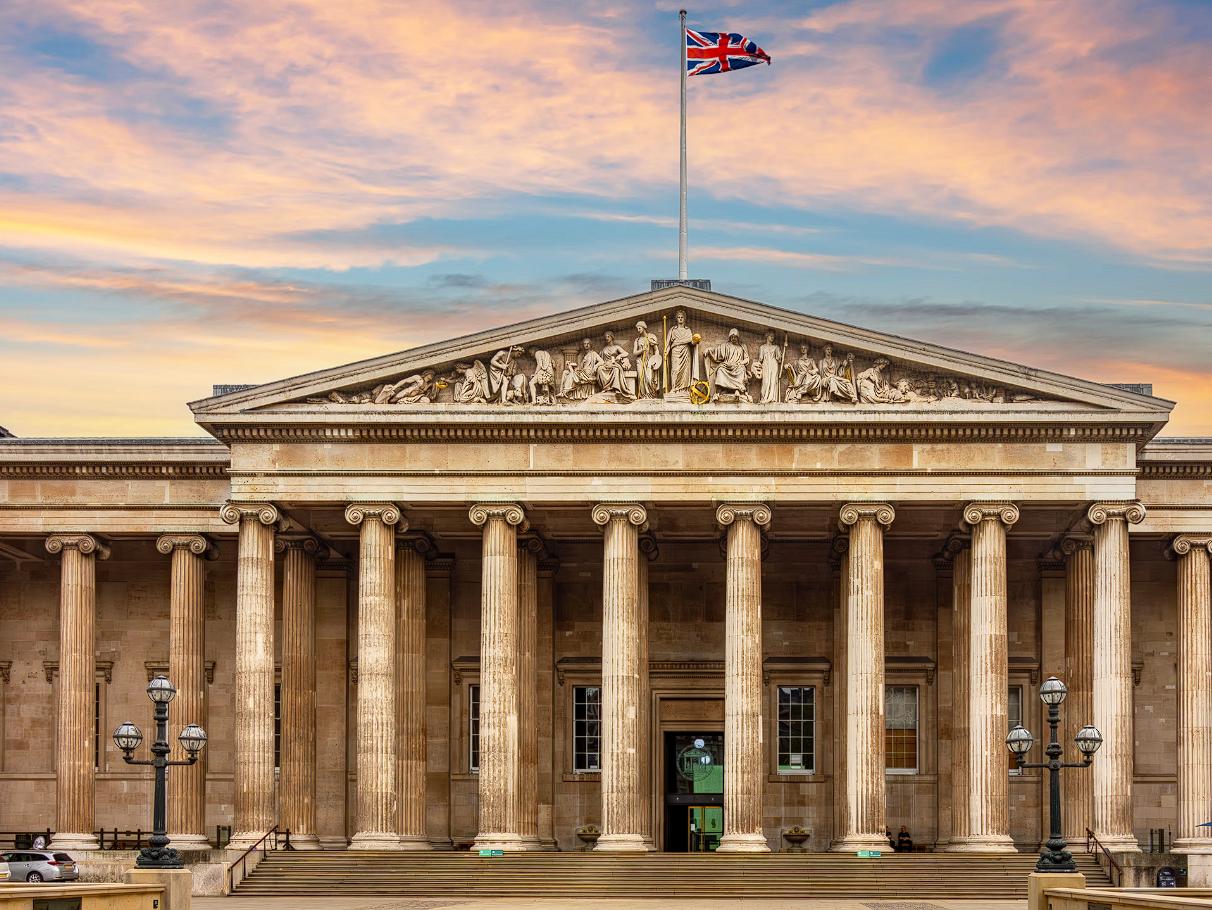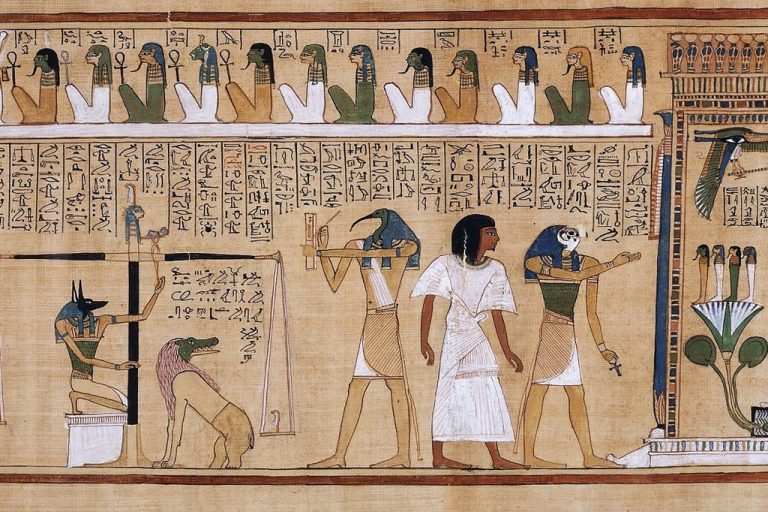Introduction
For centuries, the meaning of ancient Egyptian hieroglyphs remained a mystery. These intricate symbols, covering temple walls and papyrus scrolls, were silent echoes of a lost civilization. Then, in 1799, a chance discovery changed everything—the Rosetta Stone, a black basalt slab inscribed with three scripts. But how did this single artifact unlock the secrets of an entire language?

The Discovery of the Rosetta Stone
The Accidental Find in 1799
In the summer of 1799, during Napoleon’s campaign in Egypt, French soldiers stumbled upon a remarkable artifact near the town of Rosetta (modern-day Rashid). This slab, later named the Rosetta Stone, contained inscriptions in three different scripts—Greek, Demotic, and Egyptian hieroglyphs. The discovery sparked immediate interest among scholars and linguists.
Why Three Scripts?
The Rosetta Stone was a decree issued in 196 BCE during the reign of Pharaoh Ptolemy V. It was written in three scripts to ensure accessibility to different groups within Egyptian society—Greek for the ruling class, Demotic for commoners, and hieroglyphs for religious and ceremonial purposes.
The Journey to the British Museum
Following Napoleon’s defeat, the Rosetta Stone became British property under the Treaty of Alexandria in 1801. It was transported to London and has been housed in the British Museum since 1802, where it remains one of the most visited artifacts today.

The Deciphering of Egyptian Hieroglyphs
Jean-François Champollion’s Breakthrough
In a quiet study room in 1822, Jean-François Champollion stared at the Rosetta Stone, his notes scattered around him. After years of studying Coptic and ancient texts, he suddenly saw the connection—hieroglyphs were more than symbols; they represented sounds. Overcome with excitement, he rushed to his brother, shouting, “I’ve got it!” before collapsing from exhaustion. His breakthrough allowed scholars to read inscriptions lost for thousands of years, bringing Egypt’s past back to life.
Comparing Greek and Hieroglyphic Texts
Champollion’s success came from comparing the Greek inscription, which could be read, with the unknown hieroglyphs. He identified repeated names of rulers, such as Ptolemy and Cleopatra, and matched corresponding symbols in the hieroglyphic script.
The Role of Coptic Language
Champollion’s knowledge of Coptic, the last stage of the ancient Egyptian language, was crucial. By recognizing phonetic similarities, he confirmed that some hieroglyphs represented sounds rather than just ideas or objects.

The Impact of the Rosetta Stone
Reviving an Ancient Script
The Rosetta Stone not only revived an ancient script but also reshaped our understanding of history. It revealed forgotten rituals, royal decrees, and daily life along the Nile. Without it, much of what we know about ancient Egypt would remain hidden in the sands of time.
Expanding Egyptology
The ability to read hieroglyphs opened new doors in archaeology and history. Temples, tombs, and papyrus scrolls that were once unreadable could now reveal their stories, leading to significant discoveries about Egyptian culture, religion, and governance.
A Modern Symbol of Linguistic Breakthroughs
Today, the Rosetta Stone remains a powerful symbol of linguistic and scholarly breakthroughs. Its name is often used metaphorically to describe anything that serves as a key to deciphering complex information.

What Lies Ahead?
Untranslated Texts Still Exist
While the Rosetta Stone provided a breakthrough, not all ancient texts have been fully translated. Some scripts and languages remain undeciphered, leaving gaps in our historical knowledge.
The Search for Other “Rosetta Stones”
Archaeologists continue to search for similar artifacts that could unlock the secrets of other ancient languages. Could there be another Rosetta Stone hidden beneath the sands, waiting to reveal its knowledge?
The Role of AI in Deciphering Ancient Languages
With advances in artificial intelligence and machine learning, researchers are now exploring ways to decode ancient scripts faster than ever before. Could AI help us unlock other lost languages in the near future?
Conclusion
The Rosetta Stone was more than just an artifact—it was a gateway to an entire civilization. Thanks to its discovery and the genius of Jean-François Champollion, we can now understand the writings of ancient Egypt. But as we continue to uncover history’s hidden secrets, one question remains: what other lost languages are waiting for their own Rosetta Stone?

CÁC TIN KHÁC
Mary Walton: The Forgotten Inventor Who Helped Clean Up America’s Cities
Tomb of Queen Nefertari in the Valley of the Queens, Egypt
Discover the Hypostyle Hall of the Temple of Hathor at Dendera
Venus de Losange: Unveiling the Mystery of a 20,000-Year-Old Paleolithic Icon